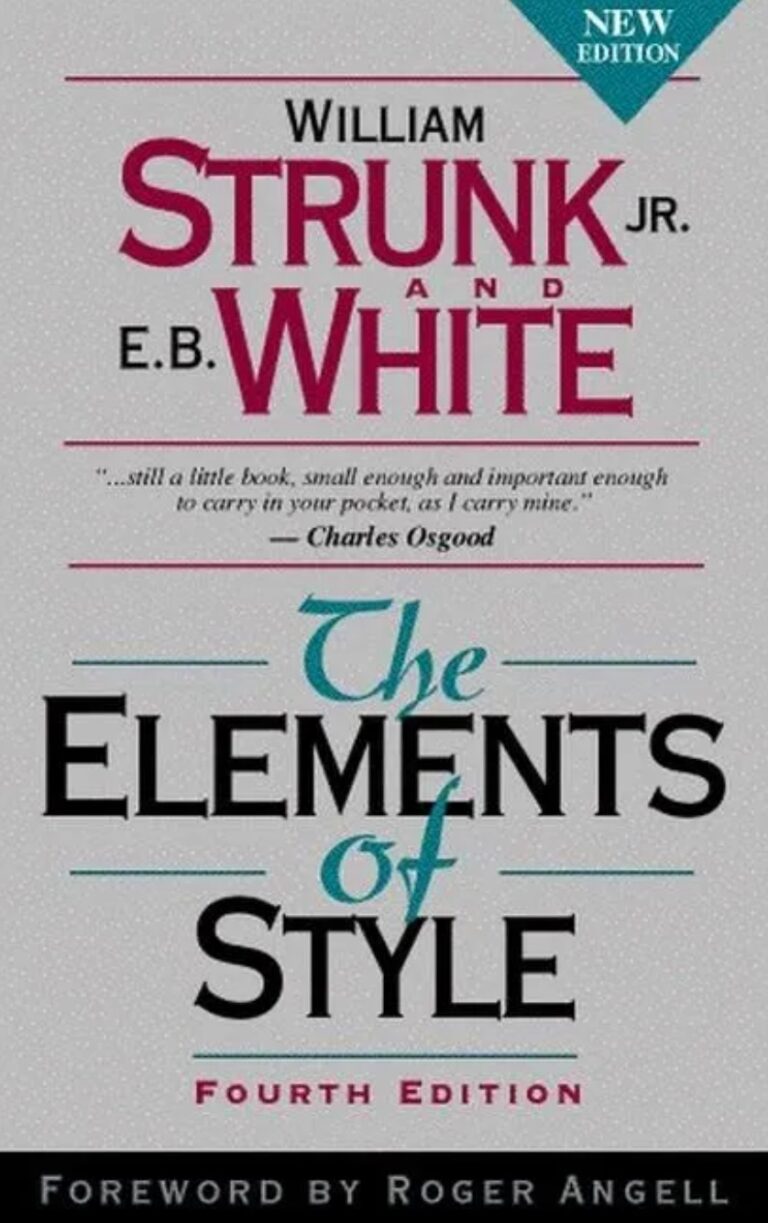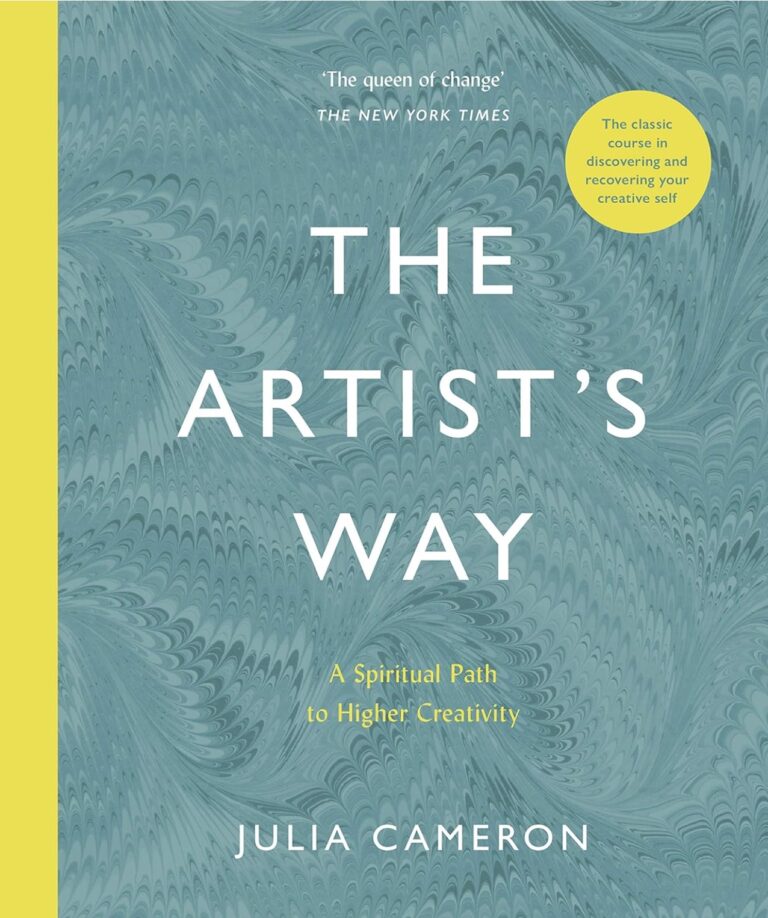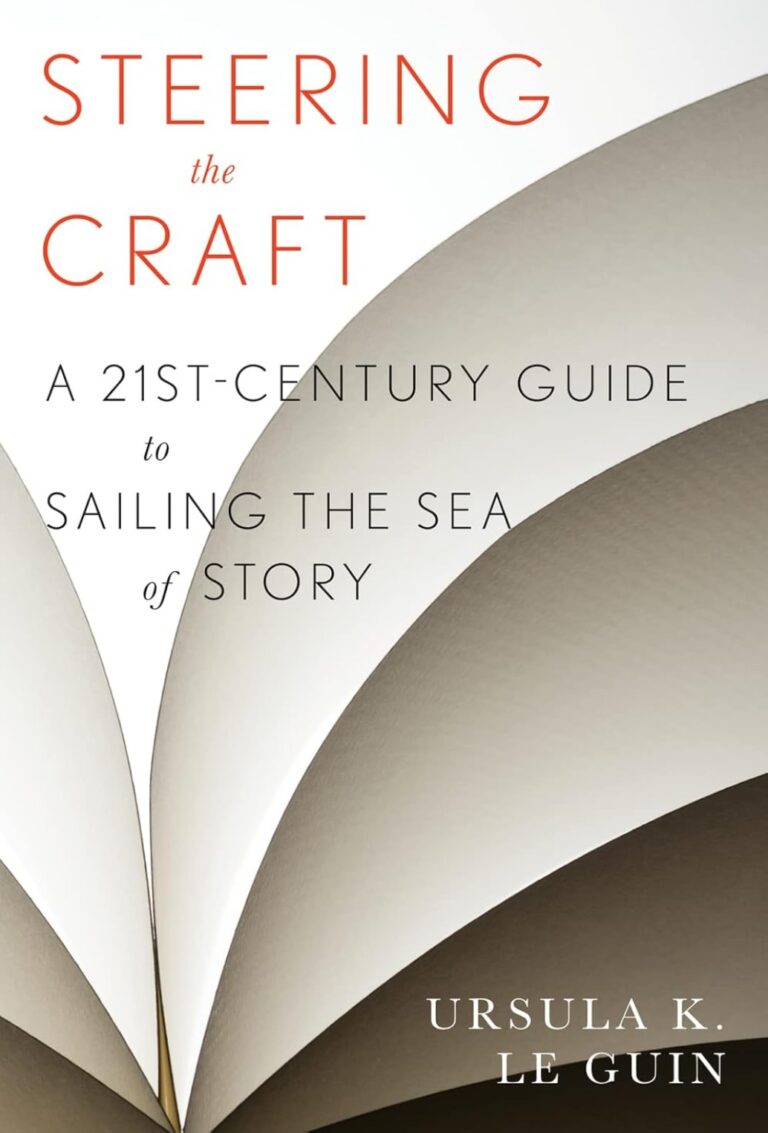Writing Fiction: A Guide to Narrative Craft by Janet Burroway is an essential resource for writers looking to improve their storytelling skills. This comprehensive guide covers everything from plot structure to character development, offering both theoretical insights and practical exercises.
Widely used in creative writing programs, the book helps writers understand the mechanics of fiction while encouraging them to embrace the artistic process. Burroway’s clear, instructional tone makes it accessible to writers at all levels.
Table of Contents
ToggleIntroduction
Overview of the Book
Writing Fiction: A Guide to Narrative Craft by Janet Burroway is widely regarded as one of the most comprehensive and insightful books on the craft of writing fiction. Now in its tenth edition, this guide has been a staple in creative writing programs and workshops for decades.
Burroway meticulously explores the elements of fiction, such as plot, character development, dialogue, and theme, making it a valuable resource for both aspiring and experienced writers. The book balances theoretical discussions with practical exercises, offering a well-rounded approach to improving narrative craft.
Why This Book is Important for Writers
Burroway’s Writing Fiction stands out because it provides a deep dive into the mechanics of storytelling while also addressing the broader artistic and emotional challenges of fiction writing.
The book is both an instructional guide and a workbook, packed with exercises and examples that allow writers to practice and refine their skills.
Whether you’re a beginner looking to understand the basics or an experienced writer seeking to hone your craft, this book offers practical advice, creative inspiration, and clear direction for writing fiction that resonates.
Author Background
About the Author
Janet Burroway is a distinguished writer and academic, known for her contributions to both fiction and nonfiction writing. She has authored several novels, including The Buzzards and Raw Silk, as well as plays, essays, and children’s books.
Burroway’s experience as a writer and professor of creative writing gives her a unique perspective on the craft of fiction. Her insights are informed by decades of teaching and writing, which adds credibility to her guidance in Writing Fiction.
Relevance of the Author’s Experience to the Book
Burroway’s extensive experience in both the literary and academic worlds makes her exceptionally qualified to write a comprehensive guide to fiction writing.
Her background in teaching allows her to break down complex concepts into manageable steps, and her career as a novelist gives her practical, real-world insights into the challenges that fiction writers face.
Burroway’s dual expertise as both an educator and a practicing writer informs every chapter, making the advice feel both grounded and actionable.
Book Structure and Style
Layout and Chapter Overview
Writing Fiction is structured in a way that covers every element of narrative craft in detail. Each chapter focuses on a specific aspect of fiction writing, such as plot, character, setting, point of view, dialogue, and theme. Burroway also includes chapters on revision and the writing process itself, helping writers understand not just how to write, but how to refine and polish their work.
The book is filled with writing exercises that encourage readers to apply what they’ve learned in each chapter. Additionally, Burroway uses excerpts from a wide range of published works to illustrate the principles she discusses, offering practical examples that writers can learn from.
Writing Style and Tone
Burroway’s writing is clear, direct, and instructional, without being overly formal or academic. She strikes a balance between being authoritative and approachable, making the book accessible to writers at all levels.
While the content is dense with information, Burroway’s tone is encouraging and supportive, urging writers to experiment, practice, and persevere. The book’s blend of theory, practical advice, and hands-on exercises creates a dynamic learning experience.
Key Takeaways for Aspiring Writers
Practical Advice and Techniques
Writing Fiction offers a wealth of practical advice for writers looking to improve their storytelling skills. Burroway emphasizes the importance of understanding the elements of fiction—such as conflict, structure, and character motivation—and provides concrete techniques for developing these aspects in one’s own work.
One of the key takeaways is her focus on showing, not telling, a fundamental principle in fiction writing that helps create vivid, engaging narratives. She also discusses the importance of revision, encouraging writers to embrace the rewriting process as an opportunity to refine and deepen their work.
Theoretical Insights and Perspectives
In addition to practical techniques, Burroway delves into the theoretical aspects of fiction writing. She explores the relationship between form and content, the role of theme in shaping a narrative, and the impact of point of view on a story’s meaning.
Burroway’s discussions of these topics are thought-provoking and help writers understand the deeper layers of storytelling. By addressing both the craft and the art of fiction, Burroway provides a holistic approach to writing that encourages creativity and critical thinking.
Strengths of the Book
Unique Features and Approaches
What sets Writing Fiction apart from other writing guides is its comprehensive scope and the depth of its analysis. Burroway doesn’t just explain the basics of plot and character; she goes beyond to explore the subtleties of narrative structure, the emotional resonance of dialogue, and the symbolic power of setting.
Her use of published excerpts to illustrate key points is particularly valuable, as it allows readers to see how the techniques she discusses are applied in successful works of fiction. The inclusion of exercises at the end of each chapter is another standout feature, giving writers the opportunity to immediately apply what they’ve learned.
Applicable to Different Levels of Writers
Burroway’s guide is designed to be useful for writers at any stage of their career. Beginners will appreciate the clarity with which she explains fundamental concepts, while more advanced writers will find value in her nuanced discussions of theme, style, and revision.
The book’s exercises are flexible enough to challenge writers of all levels, encouraging experimentation and growth. Whether you’re just starting out or looking to take your fiction to the next level, Writing Fiction offers insights and strategies that will resonate.
Areas for Improvement
Potential Weaknesses or Gaps
While Writing Fiction is a comprehensive guide, some readers might find it dense or overly detailed, especially those who are looking for a more streamlined approach to learning the craft. The book’s academic tone, while not overly formal, might be a bit intimidating for beginners who prefer a more conversational style.
Additionally, because the book covers so many aspects of fiction writing, some readers may feel that certain topics, like genre-specific techniques, are not explored in enough depth. However, these are minor critiques in an otherwise thorough and well-constructed guide.
Audience Suitability
Writing Fiction is best suited for writers who are serious about learning the craft and are willing to engage with the theoretical aspects of storytelling. While it is accessible to beginners, it may feel overwhelming to those looking for a quick or easy guide to writing fiction. Writers who are interested in the technical and artistic side of narrative craft will find this book invaluable, but those seeking a lighter, more motivational read may prefer other guides.
How This Book Compares to Other Writing Guides
Similar Books in the Genre
Writing Fiction is often compared to other comprehensive writing guides, such as John Gardner’s The Art of Fiction and Robert McKee’s Story. Like these books, Burroway’s guide offers a detailed exploration of the elements of fiction and includes practical exercises for writers to apply what they’ve learned.
However, Burroway’s use of examples from a wide range of literary works makes her book stand out, as it provides readers with concrete illustrations of the principles she discusses. Additionally, Writing Fiction is more focused on the craft of fiction specifically, whereas books like McKee’s Story are geared more toward screenwriting.
Distinguishing Factors
What distinguishes Writing Fiction is its balance of theory, practical advice, and hands-on exercises. Burroway’s deep understanding of the narrative craft, combined with her clear and accessible writing, makes the book both informative and enjoyable to read.
The breadth of topics covered—from plot structure to the finer points of revision—ensures that writers will come away with a comprehensive understanding of the craft. Additionally, the book’s longevity and widespread use in creative writing programs speak to its enduring value.
Real-World Application for Writers
How Writers Can Implement the Advice
Writers can implement Burroway’s advice by incorporating her exercises into their regular writing practice. Each chapter ends with practical prompts that encourage writers to explore the concepts discussed, whether it’s developing a character’s backstory, experimenting with point of view, or refining a scene’s dialogue.
Additionally, Burroway’s emphasis on showing, not telling is a principle that writers can apply immediately to their own work. By focusing on action, description, and dialogue, writers can create more immersive and engaging narratives.
Benefits of Following the Book’s Advice
Writers who follow Burroway’s guidance can expect to develop a deeper understanding of narrative structure and character development, two essential components of successful fiction. Her advice on revision, in particular, is invaluable for writers who want to refine their work and take it to the next level.
By embracing the rewriting process and focusing on the details of craft, writers can produce more polished, resonant stories. Additionally, Burroway’s discussions of theme and symbolism can help writers infuse their work with deeper meaning and emotional impact.
What Reviews Thought
Amazon Reviews
Amazon reviewers often praise Writing Fiction for its thoroughness and depth. Many readers appreciate the book’s combination of theory and practice, noting that the exercises are especially helpful for applying the concepts discussed in each chapter.
Some reviews highlight the book’s use in academic settings, with students and teachers alike recommending it for creative writing courses. However, a few reviewers mention that the book can feel a bit dense at times, particularly for beginners.
Goodreads Reviewers
On Goodreads, Writing Fiction is praised for its comprehensive approach and practical advice. Many reviewers commend the book’s ability to balance theory and application, making it both an academic text and a practical guide for writers working on their craft. The exercises at the end of each chapter are frequently highlighted as being particularly helpful for honing narrative skills.
While most reviews are positive, some readers mention that the book’s academic tone might be daunting for those new to fiction writing. Others appreciate the depth of analysis but note that certain sections might feel overly detailed for writers looking for quick guidance. Overall, however, Goodreads reviewers see Writing Fiction as a valuable tool for writers serious about mastering the craft of fiction.
Conclusion
Summary of Key Insights
Writing Fiction: A Guide to Narrative Craft by Janet Burroway is a detailed, in-depth guide to the elements of fiction writing. The book covers everything from plot and character to dialogue and theme, providing both theoretical insights and practical exercises for writers to apply. Burroway’s use of examples from published works brings her lessons to life, making abstract concepts tangible and clear.
Final Recommendation
For writers seeking a comprehensive resource to improve their narrative craft, Writing Fiction is an invaluable tool. It is particularly well-suited for writers who want to delve deep into the mechanics of storytelling and are willing to engage with both the theoretical and practical aspects of the craft. While its academic tone may feel dense for beginners, the book’s depth ensures that it offers lasting value as a reference guide. Recommended for both aspiring writers and seasoned authors looking to refine their craft.











